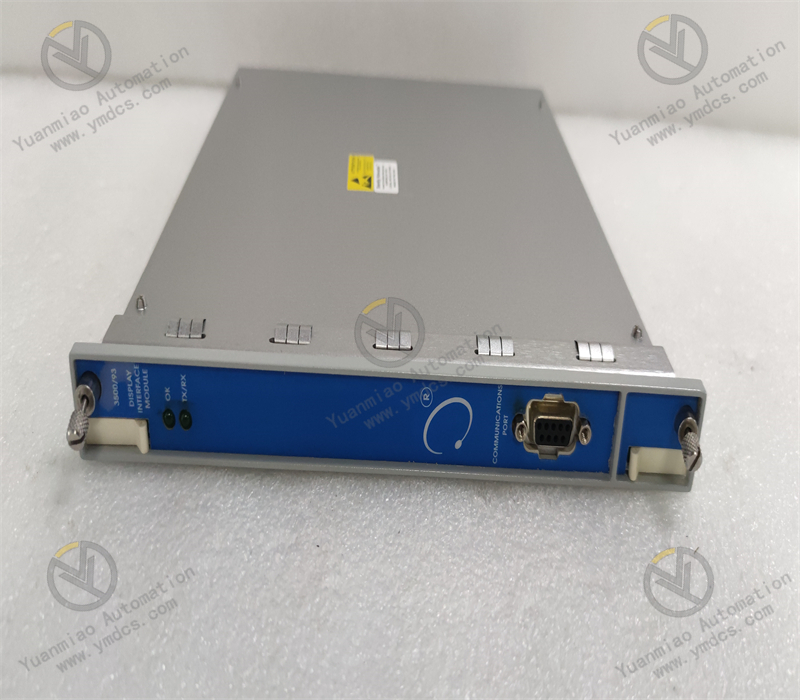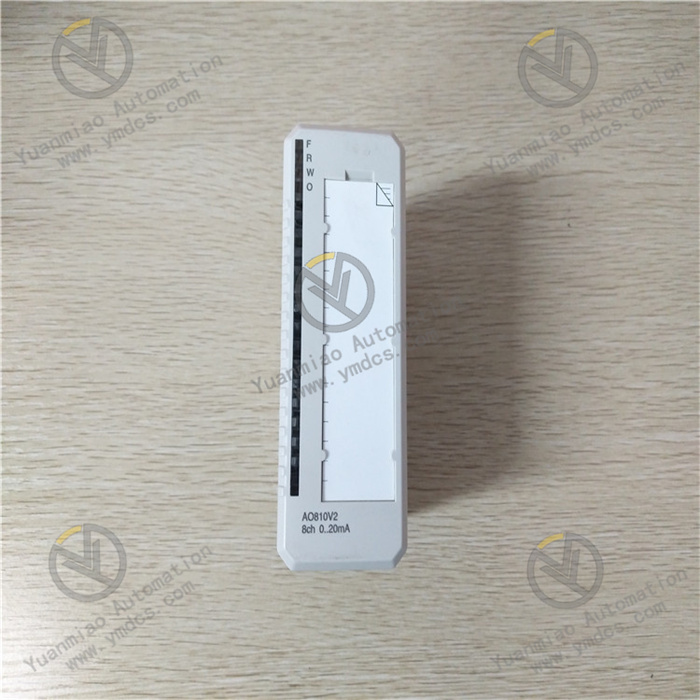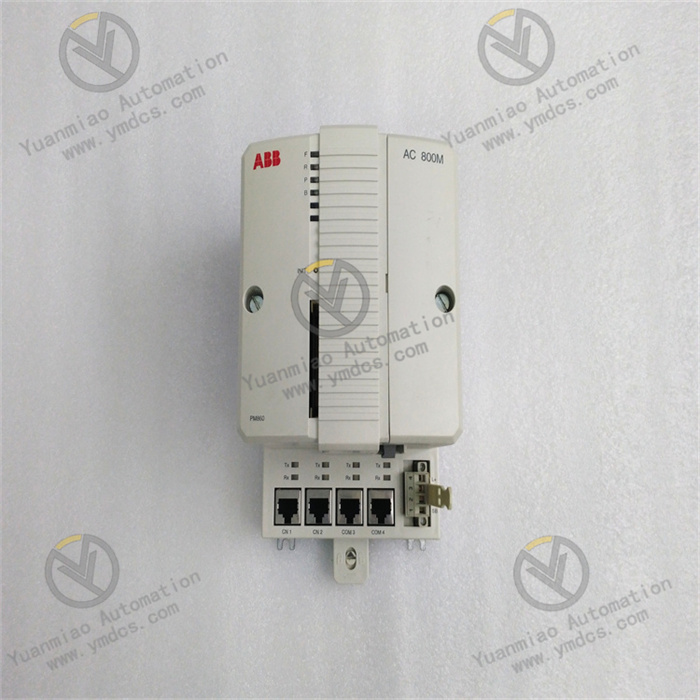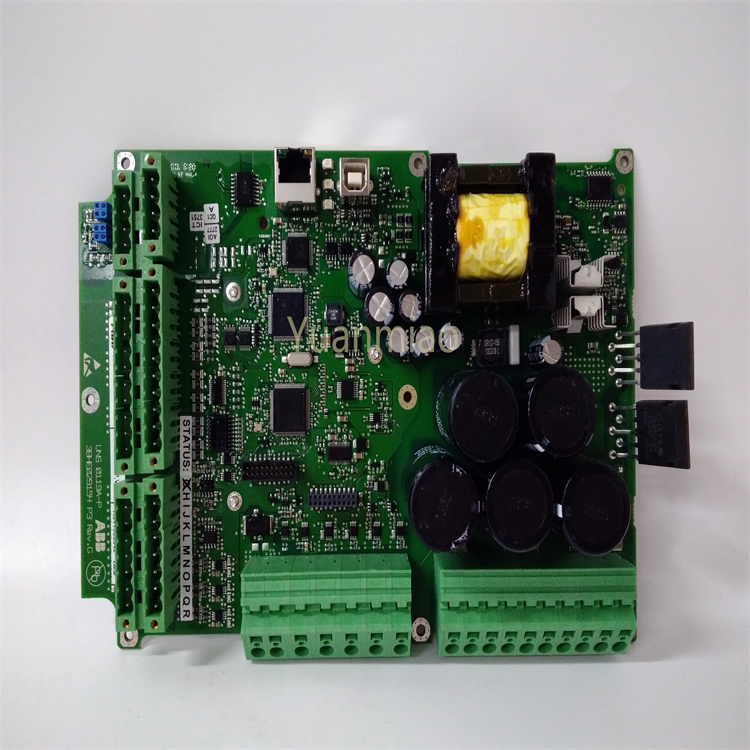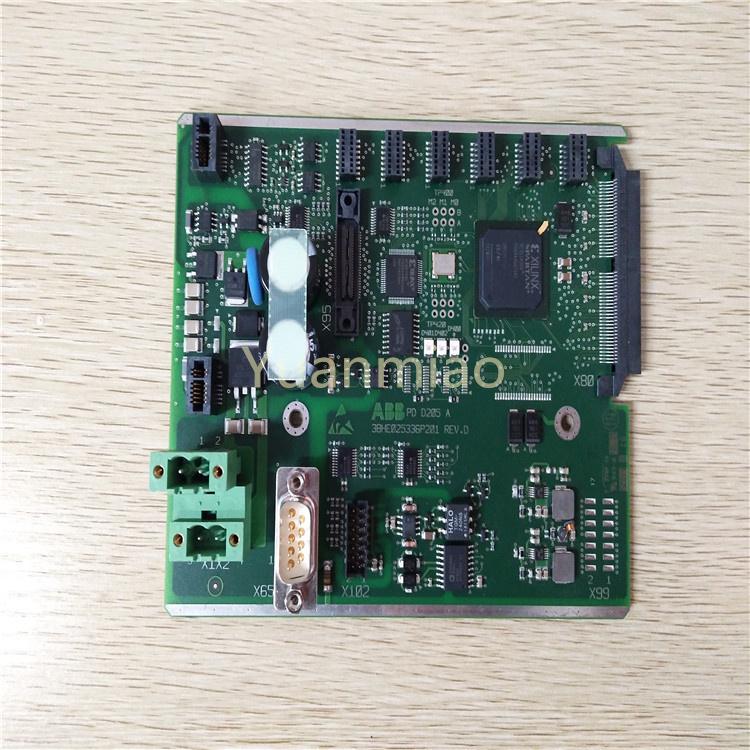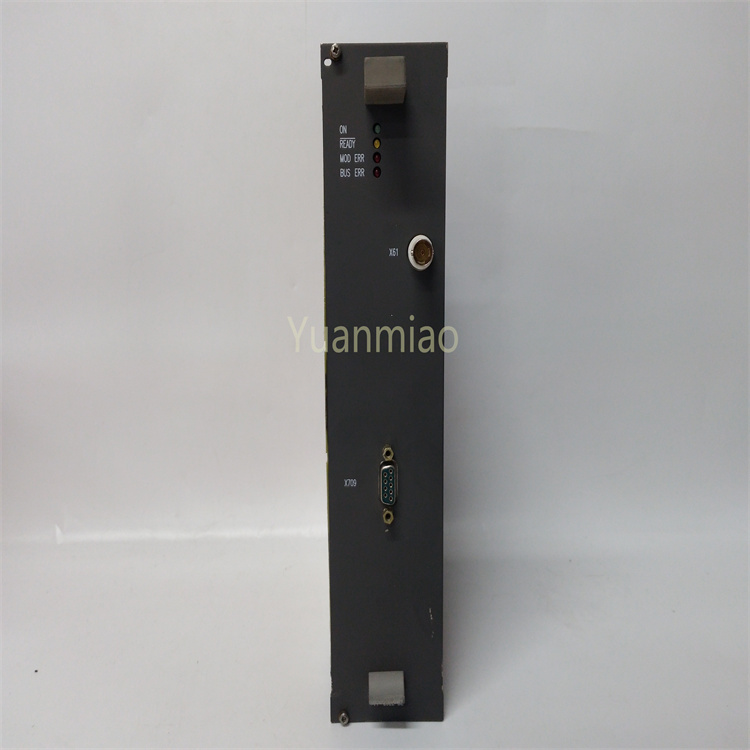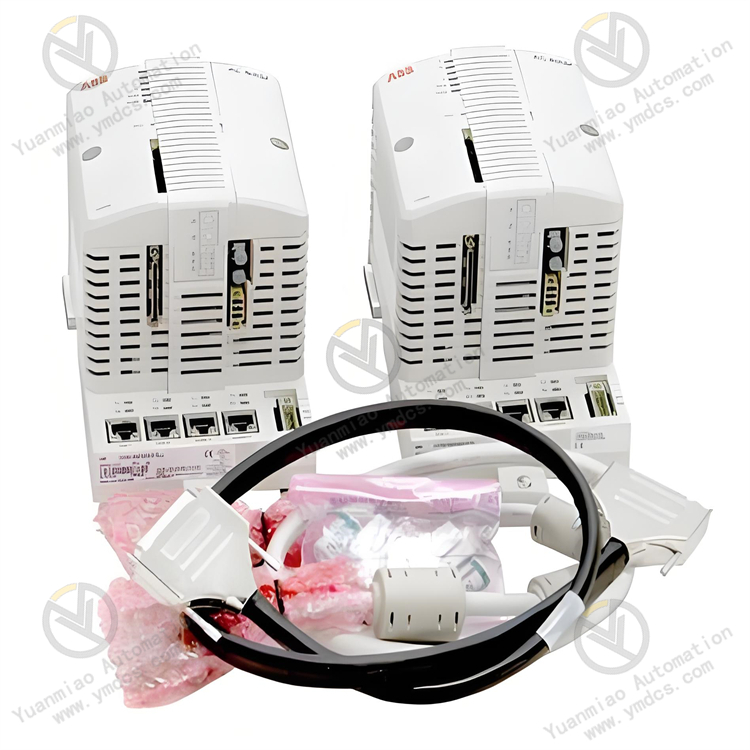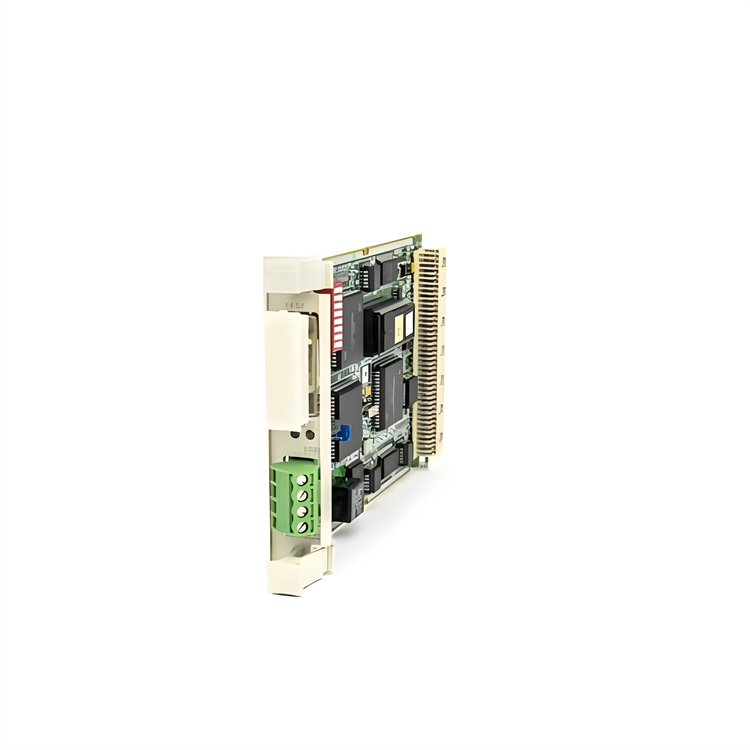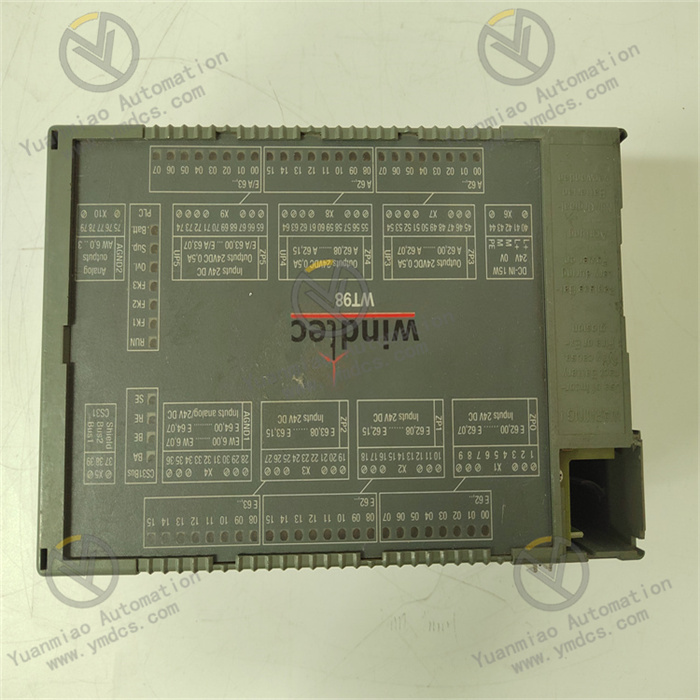Description
Abaco Systems VMIVME-5565
Overview
The Abaco Systems VMIVME-5565 is a high-performance single-board computer based on the VME (VersaModule Eurocard) bus architecture. It is specifically designed for fields with strict requirements for computing performance and reliability, such as industrial automation, aerospace, and national defense and military industries. With its mature architecture and advanced technology, it integrates powerful computing capabilities, rich functional interfaces, and excellent stability. It can operate stably in complex and harsh environments, providing efficient and reliable data processing and control solutions for critical mission systems, and meeting the application requirements of high precision and high real-time performance.
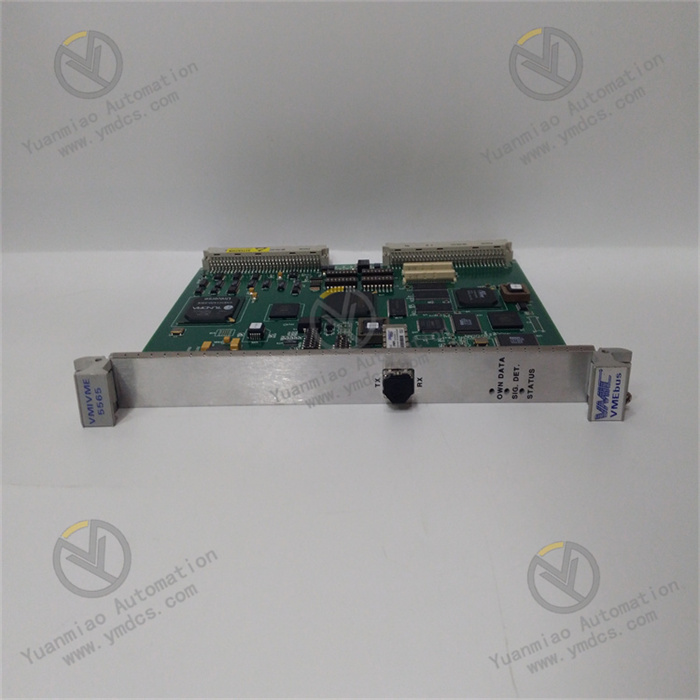
Functional Features
Powerful Computing and Processing Capabilities
Equipped with a high-performance processor, it has excellent multi-task processing and complex algorithm execution capabilities. It can quickly process real-time data in industrial production, high-precision navigation information in the aerospace field, and high-intensity signal processing tasks in military systems. Combined with large-capacity memory and high-speed storage, it effectively improves data processing efficiency, ensuring that the system can still respond smoothly under high-load operation and meeting the needs of various high-intensity computing scenarios.
Diverse Interface Configurations
Network Communication Interfaces
Integrated with high-speed Ethernet interfaces, it supports network transmission rates of 10/100/1000Mbps, enabling high-speed data interaction between the device and external networks. This facilitates remote monitoring, management, and data transmission.
General-Purpose I/O Interfaces
It is equipped with multiple serial ports, USB interfaces, and GPIO interfaces, making it convenient to connect various peripheral devices such as sensors, actuators, and storage devices. This enables data input/output and device control, meeting diverse device connection requirements.
VME Bus Interface
Complying with the VME bus standard, it can be seamlessly connected to other VME devices, flexibly expanding system functions. By accessing data acquisition modules, communication modules, etc., it can build a powerful distributed computing system.
High Reliability and Stability
Adopting industrial-grade hardware design and manufacturing processes, it has excellent resistance to electromagnetic interference, vibration, and shock. It can operate stably in harsh environments such as high and low temperatures, humidity, and dust. It has a complete built-in fault diagnosis and self-protection mechanism, which monitors the device's operating status in real-time. Once problems such as hardware failures, abnormal voltages, or high temperatures are detected, it immediately triggers an alarm and takes corresponding protective measures, effectively reducing the risk of system failures, minimizing maintenance costs and downtime, and ensuring the long-term stable operation of the device.
Flexible Software Compatibility
It supports multiple mainstream operating systems, including real-time operating systems (such as VxWorks) and general-purpose operating systems (such as Linux and Windows). Users can freely choose a suitable operating system platform according to their actual application requirements, which facilitates software development and system integration. Whether developing industrial control programs with extremely high real-time requirements or running conventional data analysis software, it can achieve good adaptation, providing flexible and efficient software solutions for different application scenarios.
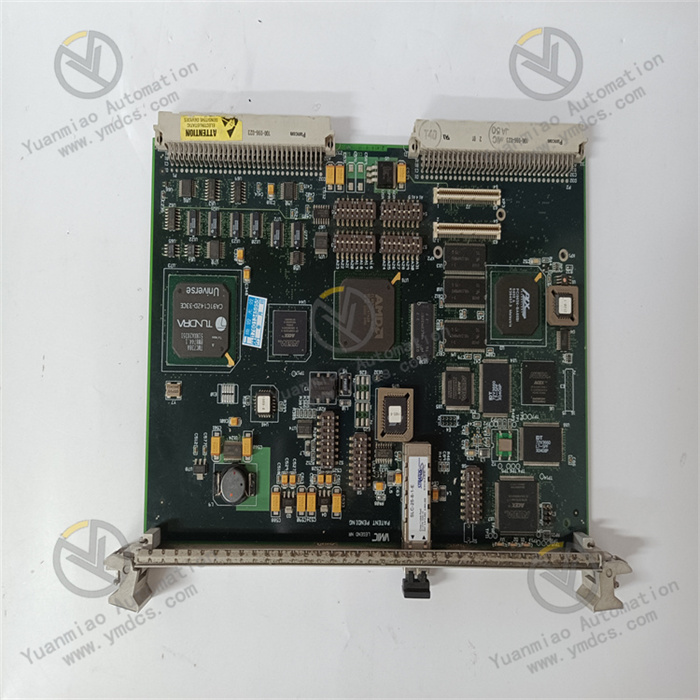
Working Principle
System Startup Process
After the device is powered on, the power management module first filters and stabilizes the input voltage, converting it into a stable voltage to provide reliable power for each component. Subsequently, the processor reads the BIOS (Basic Input Output System) program from the onboard flash memory and executes it. The BIOS comprehensively initializes the hardware, including memory self-check, detection and configuration of I/O interfaces, and setting of key system parameters (such as bus frequency, device address, etc.). After the initialization is completed, the BIOS, according to the preset startup sequence, guides the system to load the operating system kernel and related driver programs from the specified storage device (such as a hard disk or solid-state drive), completing the system startup and entering an operable running state.
Data Processing Flow
During system operation, the processor parses and executes various tasks according to the scheduling of the operating system and application program instructions. When external input data needs to be processed, such as data collected by industrial sensors or command information transmitted over the network, the data is transmitted to the memory through the corresponding I/O interfaces. After reading the data from the memory, the processor analyzes, calculates, and processes it according to pre-written algorithms and program logic. The processed results can either be stored back in the memory for subsequent program calls or output to external devices (such as displays, actuators, etc.) through I/O interfaces, realizing further application and interaction of the data. In multi-tasking scenarios, the operating system reasonably allocates processor resources through task scheduling algorithms to ensure that each task is executed efficiently and orderly, avoiding resource conflicts and task blockages and improving the overall operating efficiency of the system.
Bus Communication Principle
Based on the VME bus architecture, the VMIVME-5565 communicates with other VME devices through the VME bus interface. The VME bus follows specific communication protocols and electrical standards, defining rules for data transmission, address allocation, bus arbitration, etc. During the data transmission process, this single-board computer can either act as a master device to actively initiate data transmission requests, reading from or writing data to other slave devices; or act as a slave device to respond to requests from other master devices, providing data or performing corresponding operations. To coordinate the situation where multiple devices access the bus simultaneously, the VME bus adopts a bus arbitration mechanism. When multiple devices request to use the bus at the same time, the arbiter determines which device obtains bus control rights according to preset priority rules, ensuring that data can be transmitted accurately and efficiently on the bus, enabling collaborative work among devices and constructing a stable and reliable distributed computing system.

Common Faults and Solutions
| Fault Phenomenon | Possible Causes | Solutions |
|---|---|---|
| The device fails to start | Power supply failures (abnormal input voltage, loose power cords, damaged power modules); damaged or missing BIOS programs; loose or damaged hardware connections | Check whether the input power voltage is within the specified range and ensure that the power cords are firmly connected; use a multimeter to detect whether the output of the power module is normal, and replace it if it is damaged; try to restore from a backup BIOS file (if available), or contact Abaco Systems technical support for professional assistance; check whether each hardware connection, such as memory and CPU, is properly installed, and re-plug if necessary; if the hardware is damaged, replace the corresponding components |
| Abnormal I/O interface communication | Loose or poor - contact interfaces; incorrect or uninstalled driver programs; external device failures; damaged interface hardware | Re-plug the interface cables to ensure a tight connection; check the driver programs of the corresponding I/O interfaces in the device manager, and update or reinstall the correct version of the drivers; connect the external devices to other normal devices for testing to troubleshoot device failures; if the external devices are damaged, repair or replace them; if the interface hardware is damaged, contact professional maintenance personnel for repair or replacement of the interface boards |
| System runs slowly or freezes | Memory failures (damaged memory, insufficient memory); CPU overheating; software conflicts or program errors; virus or malware infections | Use a memory detection tool to comprehensively test the memory, and replace it with a new memory module if it is damaged; increase the memory capacity to solve the problem of insufficient memory; check whether the CPU cooling fan is running normally, and clean the dust on the radiator; check whether the thermal paste is dry, and reapply it if necessary; if the cooling fan is damaged, replace it with a new one; check the software installed recently and uninstall the software that may cause conflicts; repair or reinstall the system and application programs; use antivirus software to perform a full - system scan to remove viruses and malware; install reliable protection software and update the virus database regularly |
| VME bus communication errors | VME bus address conflicts; incorrect bus protocol settings; damaged or poorly - connected bus cables; hardware failures of the bus interface | Check the address settings of each VME device in the system to ensure that the addresses are unique and correct, and modify the conflicting addresses; carefully check the relevant settings of the VME bus protocol, such as data transmission mode and arbitration method, to ensure that the settings are correct; check whether the bus cable connections are firm and whether there is any damage; try to replace the bus cables to test whether the communication is restored; if a hardware failure of the bus interface is suspected, use the substitution method to replace components such as the VME bus interface card for troubleshooting; contact professional technical personnel for repair or replacement |


